About 30 miles North East of Reykjavik is Þingvellir National Park. Here there are many visible signs of volcanic activity within the past two millenia.
The park crosses a rift valley separating the Continental plates of Europe and America. These tectonic plates are now steadily pulling apart, at a rate of about an inch a year.
But this is not only a spectacular spot, of immense geological significance. Þingvellir is the locale of Iceland’s ancient parliament – the AlÞing, or plains of the people – one of the world’s oldest extant political institutions.
Here Iceland’s settlers established what is known as the “Old Commonwealth” in 930, and the commonwealth’s general assemblies (which anyone could attend) were held at Þingvellir annually between then and 1262. Indeed, through all of Iceland’s constitutional changes during the Middle Ages and Early Modern period, Þingvellir remained the official space of assembly for the Icelandic people until 1798. I confess to being something of a Commonwealth nerd: much of my Phd research and first book explored women’s attachment to this noble political ideal from the English Republic to the early years of the American Revolution. I also have a thing for outdoor assembly spaces: indeed, my favourite spot on earth is one. I found Þingvellir an incredibly impressive and deeply moving place to be.
Here there are no monuments, no palaces, no relics of individual wealth or power. Across the valley stands a modest church, similar in form to many Icelandic churches.
The power here derives from the landscape itself, and from the knowledge that this is a place that for over a thousand years, has played an important role in the lives of all Icelandic people. During the first Commonwealth, Þingvellir was not only the spot where political decisions were made and laws passed, but also a locale of celebration and festival for the majority of ordinary folk. Centrally located to be accessed by a ride of no more than a couple of weeks, scattered family members met once a year; friends shared the news from their respective regions; and young men and women might lay eyes on future partners. Þingvellir has always played a central role in the cultural life of the Icelandic nation.
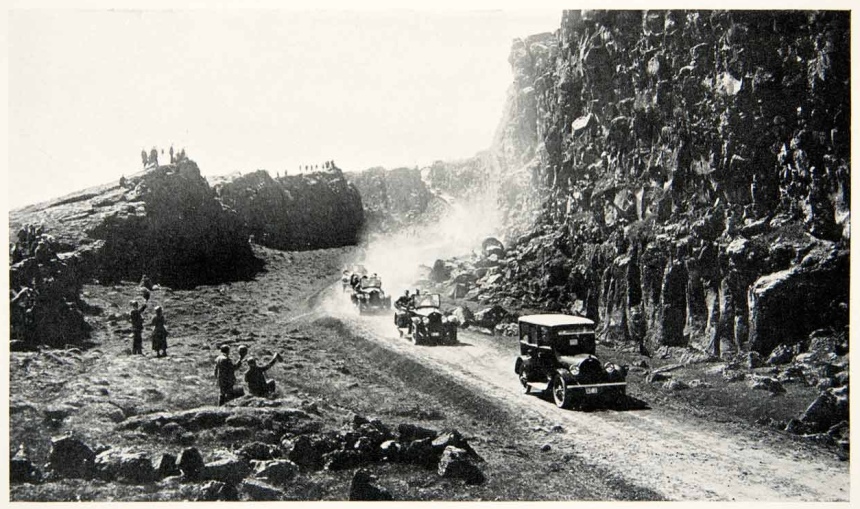
(celebrating Þingvellir’s thousandth anniversary in 1930)
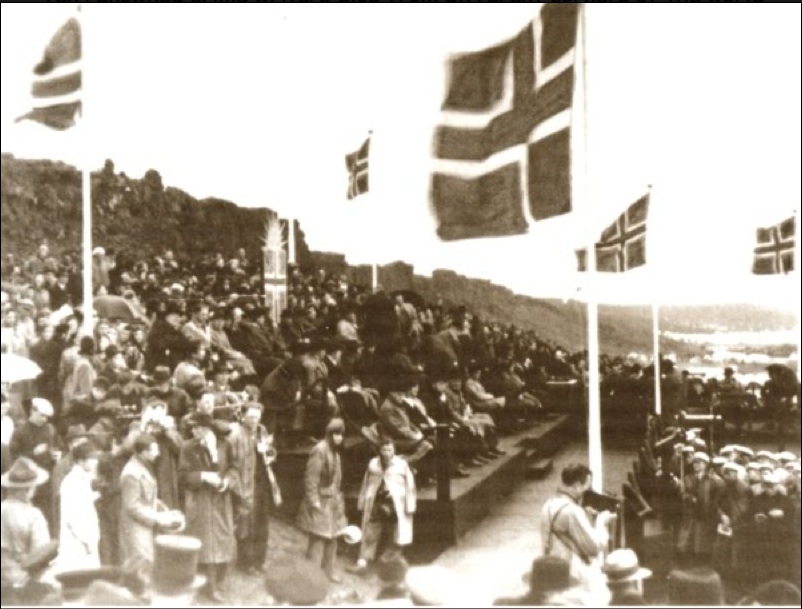
(celebrating independence at Þingvellir in 1944)
There are many things I found vaguely utopian about Iceland: it is certainly a paradise for anyone who loves knitting or the great outdoors; a recent World Economic Foundation report ranked it top of all nations for gender equality and here LGBT couples are accorded the same rights to marriage, surrogacy, and adoption as their straight counterparts. But for me this site of ancient democracy — a rift in the earth where an entire nation might gather in a spirit of collective self-determination — is the most utopian thing of all.

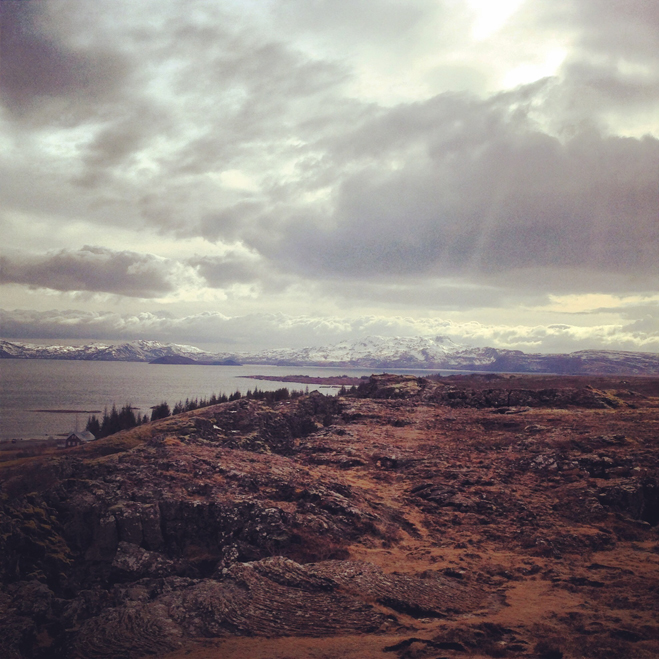

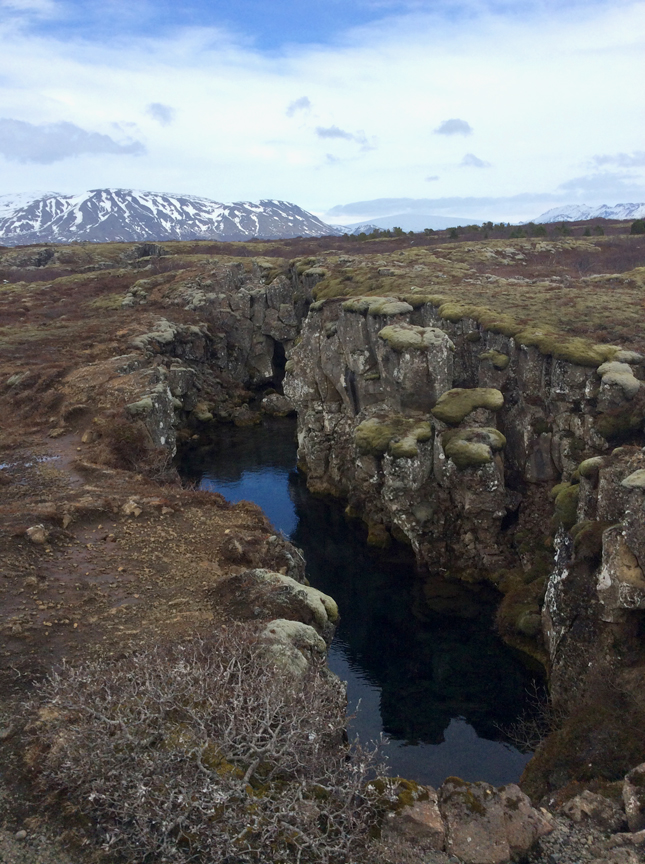
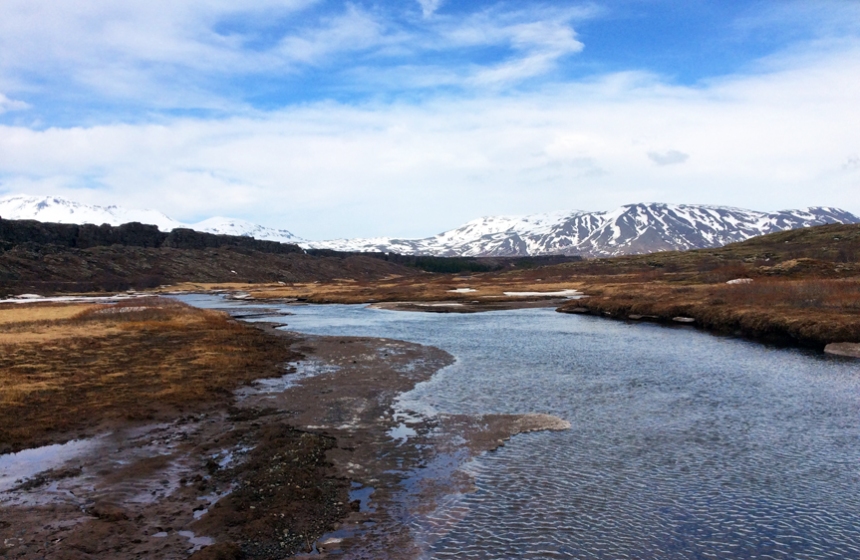
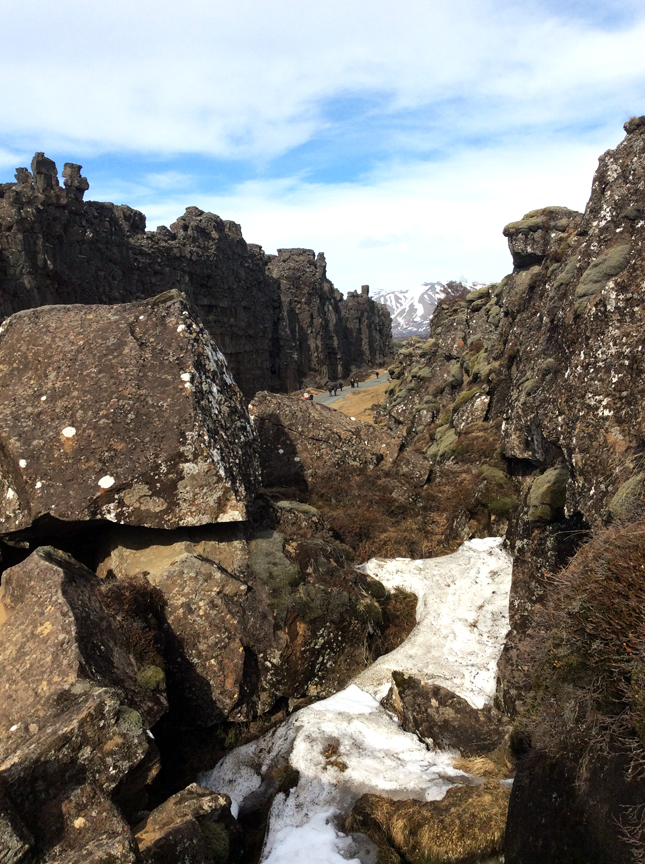
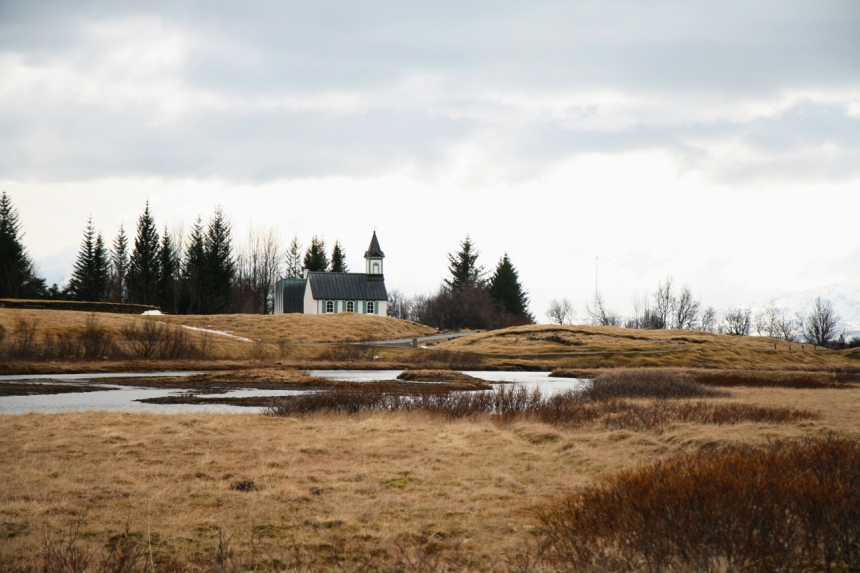
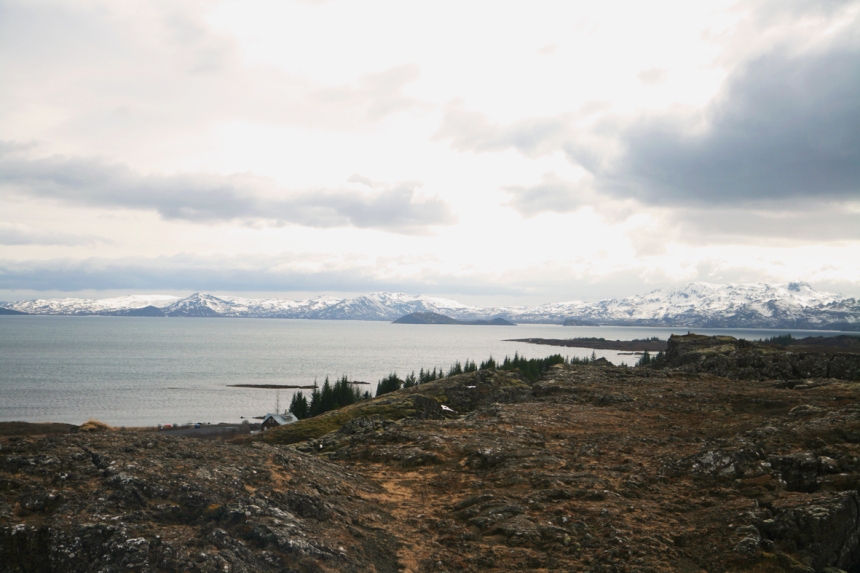
What a rapturous recounting of the history and such lovely photos! I also had the pleasant surprise of discovering your piece on Finlaggan. My great-grandfather’s paternal grandmother and maternal great-grandparents came to Canada from Islay. I remember only that he sang a song to me that had been taught him but apart from that the extensive Scottish history in my family is lost to me. Very cool to learn a little bit about the area!
LikeLike
http://www.thingsites.com/map-of-thing-sites
Do you know about The Thing Project? Take a look at this link of Thing Sites — including your beloved Shetland Islands. We visited Iceland last year and found it beautiful & fascinating. Thanks for the return trip!
LikeLike
Lovely. I’m especially appreciating your insights because I may be able to visit Iceland in the not-too-distant future.
LikeLike
Iceland is definitely a jewel. Thanks so much for the wonderful post!
LikeLike
Lovely evocative post, Kate. (Only wish Tower Hamlets was as democratic!)
LikeLike
Lovely! Thank you for the history lesson of this beautiful place.
LikeLike
Stunning scenery.
LikeLike
These photos are a wonderful adjunct to the ones my sister brought back when she went as few months ago. Thank you for more history, esp. from the Hebrides. I love the idea of water not as separation but as connection! Terrific.
LikeLike
The second photo looks like the back of a great, sleeping animal that could wake up and lumber off at any moment.
LikeLike
I knew you would appreciate Iceland. An amazing country.
LikeLike
My grandfather who was born in the US but spoke Icelandic, attended an event at the Althingi in the 1920’s. People walked from Reykjavik, the King of Denmark was there, folk camped on the grounds and there were events like wrestling.
LikeLike
Simply breathtaking!
Gorgeous photos of a gorgeous land.
LikeLike
Thanks again, Kate. I really enjoy all your historical postings as well as all the other!
LikeLike
What a beautiful place. Thank you so much for posting.
LikeLike
Your travels, writing, design & knitting and photography are always an adventure and I love them all. One day I will visit and spin and knit in Iceland, visit the Shetlands, and travel by sea in your north.Thank you for sharing!
LikeLike
Fascinating! I am learning more than ever from these posts. I love the historical aspects you are sharing. Thank you so much!
LikeLike
These posts are amazing, thank you for sharing, it’s like a holiday from home.
LikeLike
I like the theory that the Lögberg (law rock) was situated at a spot in front of the massive wall of rock, where the natural geology provided ideal amplification to allow the Lögsögumaður (law-speaker) to be heard by the crowds of people who came to the Alþing. It’s easy to picture it when you’re standing there.
LikeLike
When I visited Þingvellir it was magical. To think of the hundreds of people gathered there was immense. Such a dramatic place, and yet so natural. For a place of such political significance it was amazing to me how little evidence of human action seemed to remain.
Have you read Independent People by Halldór Laxness?
LikeLike